BR Masonry - Ohio
Revitalize Your Heritage: Expert Masonry Restoration for Cleveland’s Historic Buildings

Introduction
Have you ever walked through Cleveland and admired the timeless beauty of its historic buildings? These architectural gems tell the story of the city’s rich past. However, time can take a toll on these structures. This is where expert masonry restoration comes into play. Let’s dive into why masonry restoration is essential and how it breathes new life into Cleveland’s cherished landmarks.
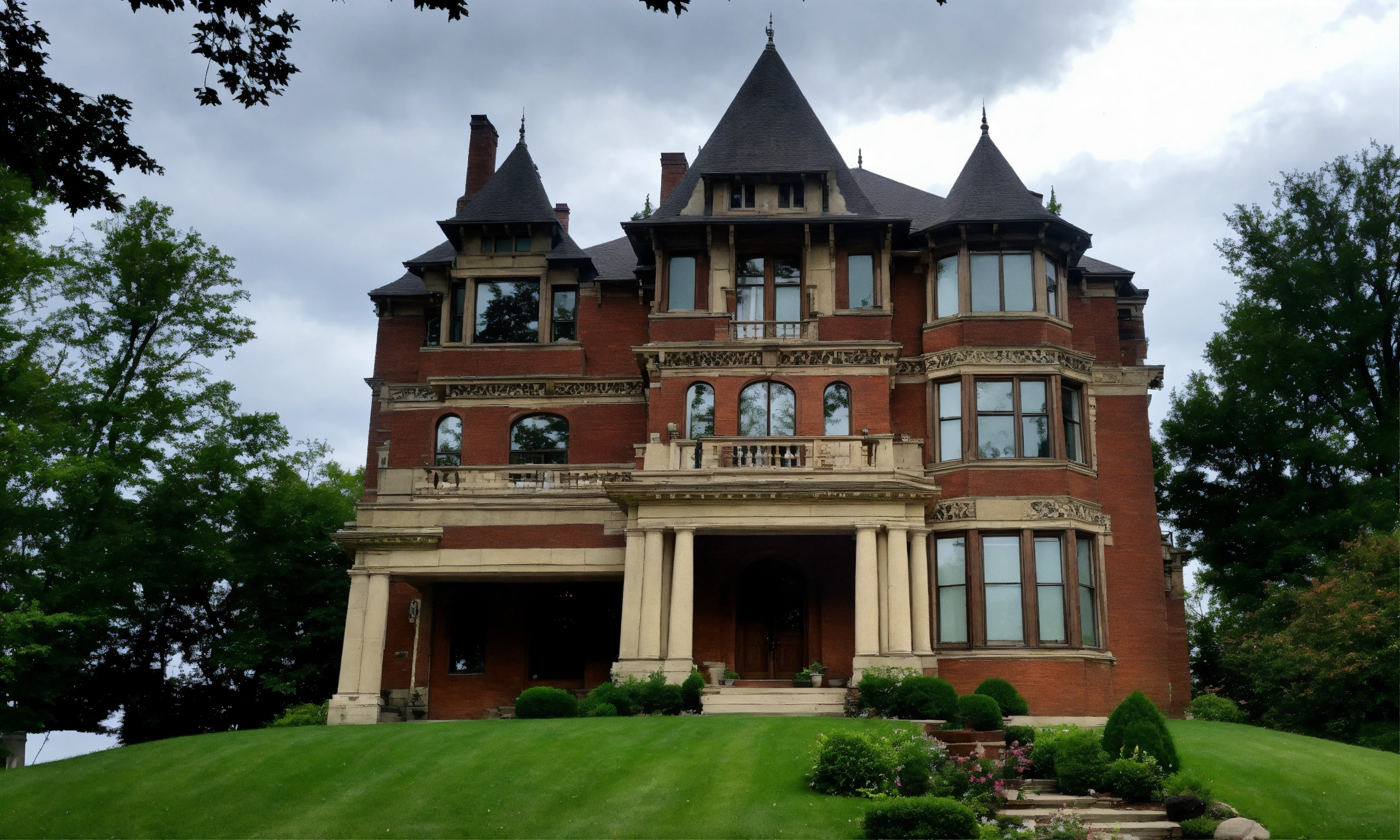
Understanding Masonry Restoration
What is Masonry Restoration?
Masonry restoration involves repairing and restoring the masonry of buildings to their original condition. This process not only preserves the aesthetic appeal of historic structures but also ensures their structural integrity.
Benefits of Masonry Restoration
Restoring masonry provides several benefits:
- Preservation of History: Keeps the historical essence intact.
- Enhanced Durability: Extends the lifespan of buildings.
- Improved Aesthetics: Restores the original beauty of the structure.
- Increased Property Value: Enhances the value of historic properties.
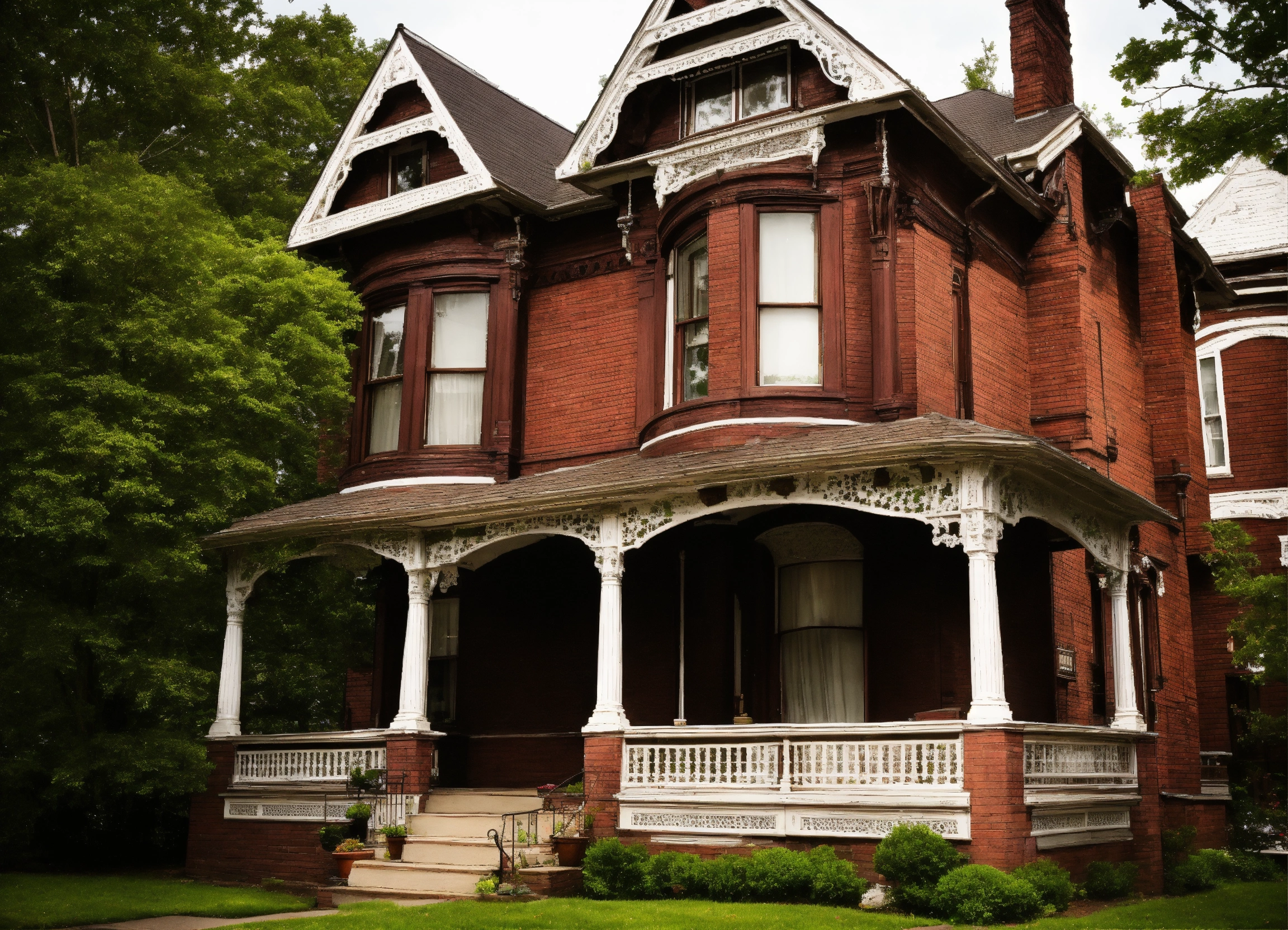
Historical Significance of Cleveland's Architecture
Iconic Historic Buildings in Cleveland
Cleveland boasts numerous historic buildings, each with its unique charm. From the grandeur of The Arcade Cleveland to the majestic Cleveland Trust Company Building, these structures are a testament to the city’s architectural prowess.
Architectural Styles and Their Importance
The city’s architecture features a mix of styles, including Victorian, Gothic, and Art Deco. Understanding these styles helps in maintaining the authenticity of the buildings during restoration.
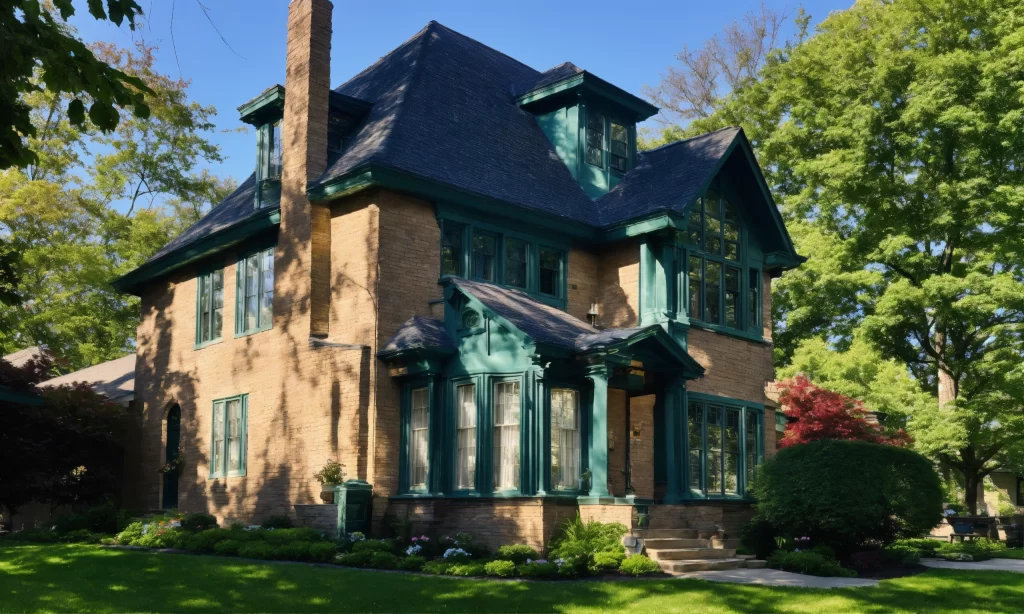
The Process of Masonry Restoration
Initial Assessment and Planning
Before any restoration begins, a thorough assessment is conducted. This involves inspecting the building’s condition and planning the restoration process meticulously.
Cleaning and Preparation
The next step is cleaning the masonry to remove dirt, grime, and any previous repairs that may have deteriorated. This preparation is crucial for ensuring the new materials bond well.
Repair and Replacement of Masonry
Damaged bricks, stones, and mortar are repaired or replaced with materials that match the original as closely as possible. This step is where the skill and expertise of the restoration team shine.
Sealing and Finishing Touches
Once the repairs are complete, the masonry is sealed to protect it from weather and environmental damage. The finishing touches ensure that the building looks as close to its original state as possible.
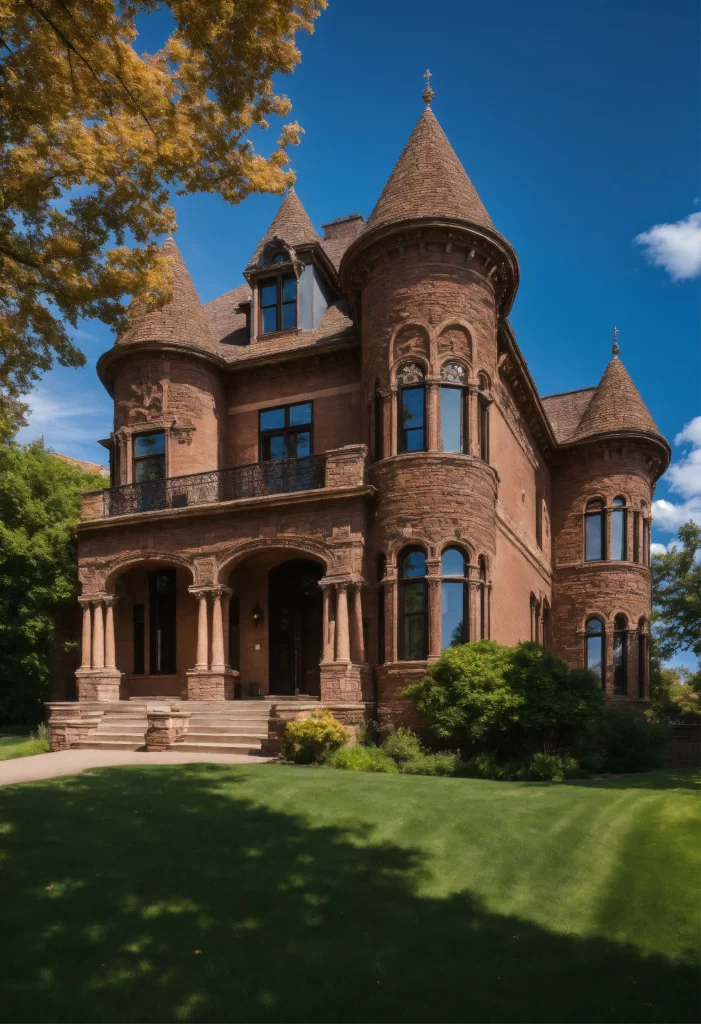
Choosing the Right Masonry Restoration Expert
Qualifications and Experience
When selecting a masonry restoration expert, their qualifications and experience are paramount. Look for professionals who have a proven track record in restoring historic buildings.
Portfolio and Past Projects
Reviewing a potential expert’s portfolio and past projects can provide insight into their capabilities and style.
Customer Reviews and Testimonials
Customer reviews and testimonials offer a glimpse into the satisfaction level of previous clients. Positive feedback is a good indicator of reliable service.
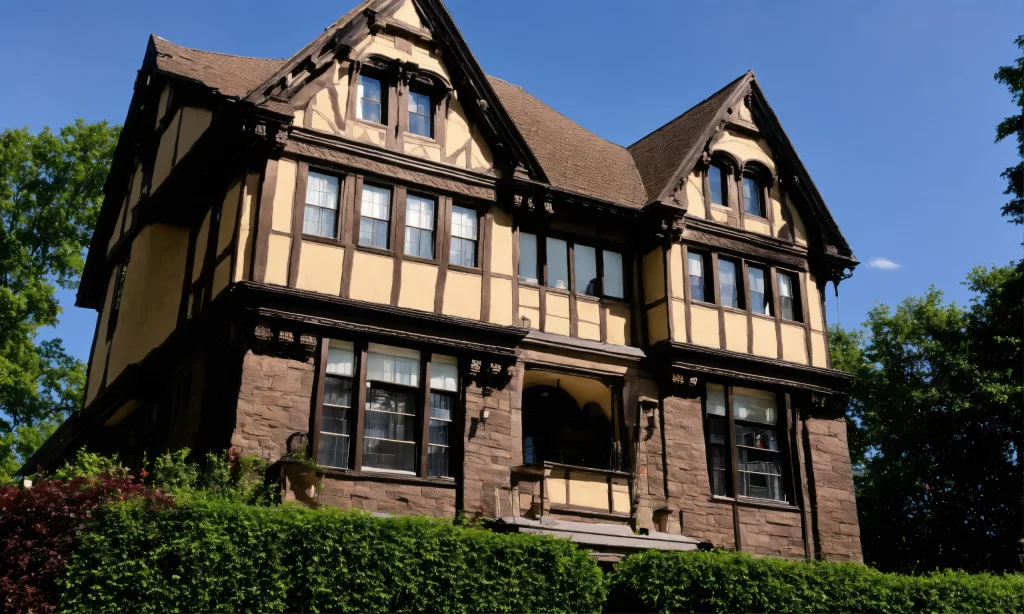
Case Studies: Successful Masonry Restorations in Cleveland
The Arcade Cleveland
The Arcade Cleveland, one of the first indoor shopping centers in the United States, underwent extensive masonry restoration to preserve its stunning architecture.
The Cleveland Trust Company Building
This iconic building’s restoration involved meticulous work to maintain its intricate details, ensuring it remains a landmark for future generations.

Challenges in Masonry Restoration
Common Issues Faced
Masonry restoration comes with its set of challenges, including dealing with deteriorated materials, matching historical aesthetics, and ensuring structural stability.
Solutions and Innovations
Innovative techniques and materials have made it possible to overcome these challenges, ensuring that restorations are both effective and long-lasting.

Costs and Budgeting for Masonry Restoration
Factors Influencing Costs
Several factors influence the cost of masonry restoration, such as the extent of damage, the size of the building, and the materials required.
Budgeting Tips
Effective budgeting involves getting detailed quotes, planning for contingencies, and understanding the scope of work required.
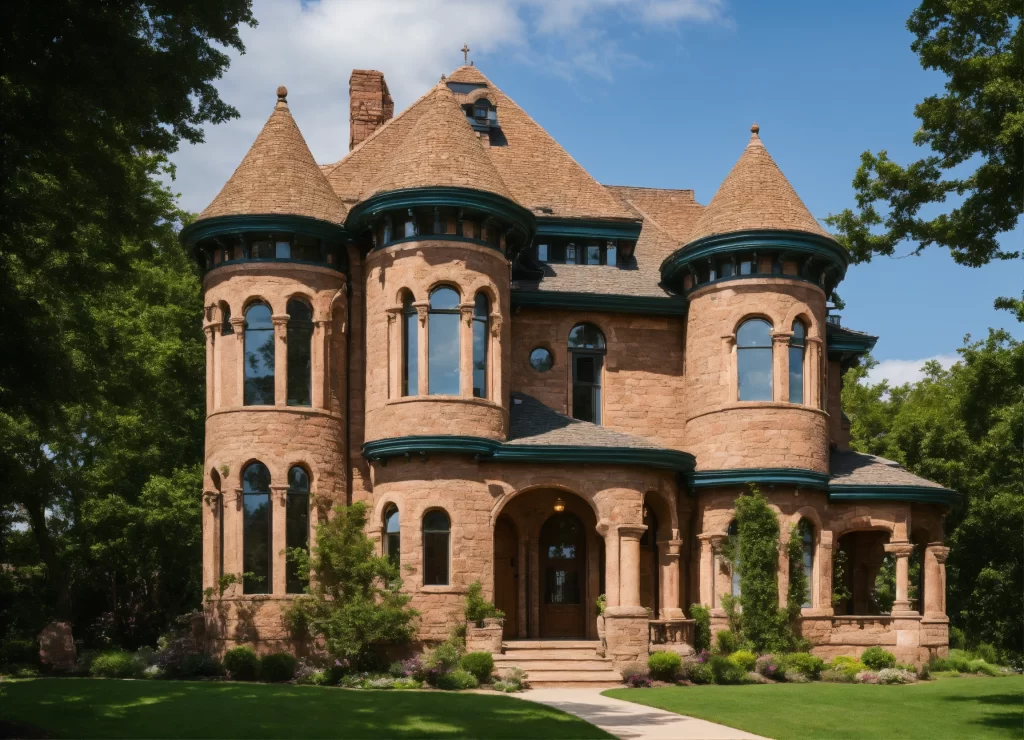
The Future of Historic Preservation in Cleveland
Trends in Masonry Restoration
The field of masonry restoration is constantly evolving, with new trends focusing on sustainability and advanced techniques.
The Role of Technology
Technology plays a significant role in modern restoration projects, from 3D modeling to advanced material analysis, ensuring precision and efficiency.

Conclusion
Masonry restoration is more than just a repair job; it’s a way to preserve history and maintain the architectural beauty of Cleveland’s historic buildings. By choosing expert restoration services, you ensure that these structures stand tall for future generations to admire.
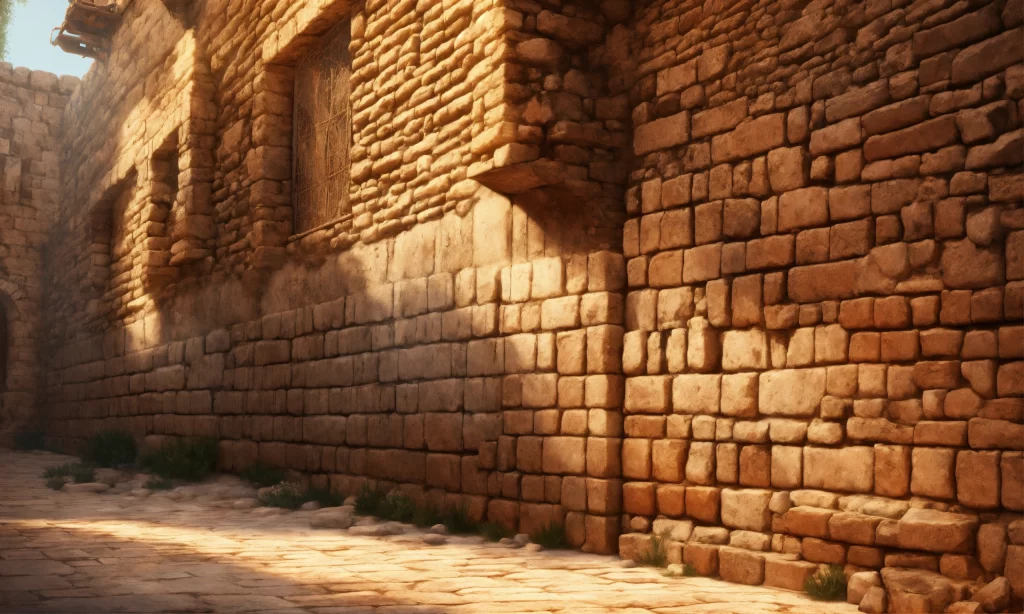
FAQs
The duration of a masonry restoration project varies depending on the size and condition of the building, but it typically ranges from a few weeks to several months.
Regular inspections, cleaning, and minor repairs can help maintain your building’s condition post-restoration.
Yes, there are various grants and funding options available for historic restoration projects. Check with local and national preservation organizations.
Researching online reviews, seeking recommendations from preservation societies, and checking portfolios can help you find a reputable expert.
Signs include visible cracks, crumbling mortar, water damage, and loose bricks or stones.

